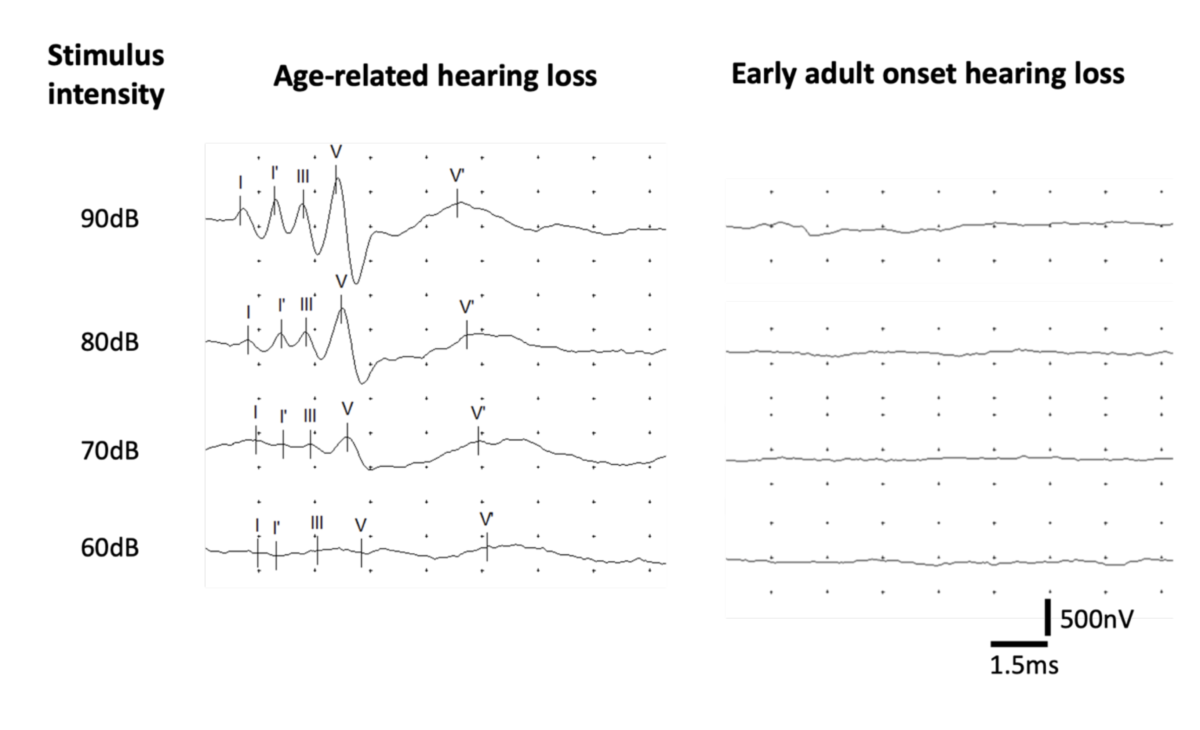28 May 2024
Jon Prager, George Nye and Nicolas Granger discuss this condition in border collies and a test to aid detection.

Image by Enirehtacess from Pixabay
The authors wish to attract colleagues’ attention to early adult-onset hearing loss in border collies that has a genetic cause and might be under-recognised.
Subtle hearing loss or unilateral deafness in pets is likely to be under-appreciated. Owners often first notice behavioural changes when their pets are more profoundly deaf and no longer respond to normal commands or the sound of activities around the house.
Hearing loss can be due to central or peripheral dysfunction. Peripheral hearing loss can be further split into conductive or sensorineural deafness. Conductive deafness results from any barrier to sound waves reaching the hair cells of the spiral organ in the cochlea, while sensorineural deafness is due to any abnormality in the spiral organ receptors or the cochlear division of the vestibulocochlear nerve. Central deafness is related to dysfunction of the central auditory pathway, which involves nuclei in the brainstem, thalamic relays and the auditory cortex.
Advanced imaging (CT or MRI) can give information as to whether a structural abnormality is affecting the peripheral or central hearing system, but does not provide functional information about the animal’s ability to hear.
The brainstem auditory-evoked responses (BAER) test is an electrophysiology technique where “click” sounds are delivered externally through headphones (normally unilaterally) at a given frequency; the electrical neural responses are recorded through SC electrodes and signal averaging is used to improve the signal relative to background noise.
A specific “wave” (that is, an electrical potential) or response is expected for each level of the neural pathway, as structures become activated, in turn, from the cochlear nerve to the sensory cortex (Figure 1). In this way, the BAER test can provide functional information on the location of the hearing loss. It is also possible to quantify the degree and lateralisation of the hearing loss.

The authors recently saw a six-year-old male, neutered border collie that presented with a one-month history of acute onset suspected partial hearing loss. It would no longer respond reliably to commands and would not wake when the owners entered the house or started cooking. Clinical and neurological examination was unremarkable. A central explanation for deafness was therefore not expected.
A BAER test (Figure 1) identified a bilaterally absent response to stimulation at 60 decibels (dB; a sound intensity approximately as loud as normal conversation), characterising the degree of hearing loss and refining the causes of hearing loss to cochlear dysfunction or conductive deafness. A CT scan of the head demonstrated no abnormalities of the external auditory canals, tympanic bullae, cochlea/vestibules or petrous part of the temporal bone – excluding conductive deafness.
A commercially available genetic linkage test was performed, which confirmed the homozygous presence of the risk variant for early adult-onset hearing loss in border collies1,2, providing additional evidence for the diagnosis of cochlear dysfunction.
In summary, partial hearing loss or unilateral deafness in pets might be under-recognised, but nevertheless can impact well-being. Identifying and characterising hearing loss might allow owners to instigate beneficial management changes. Early adult-onset hearing loss in border collies has a known genetic origin, which can be tested. Further quantitative information can be provided using electrophysiological testing such as BAER.